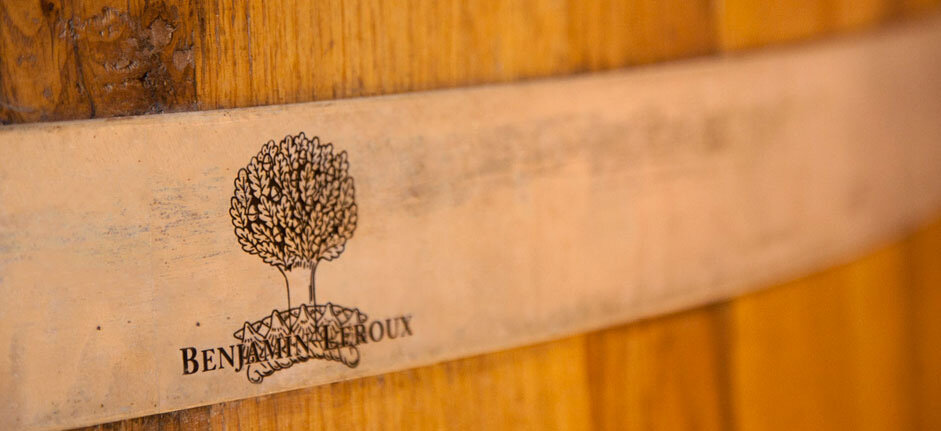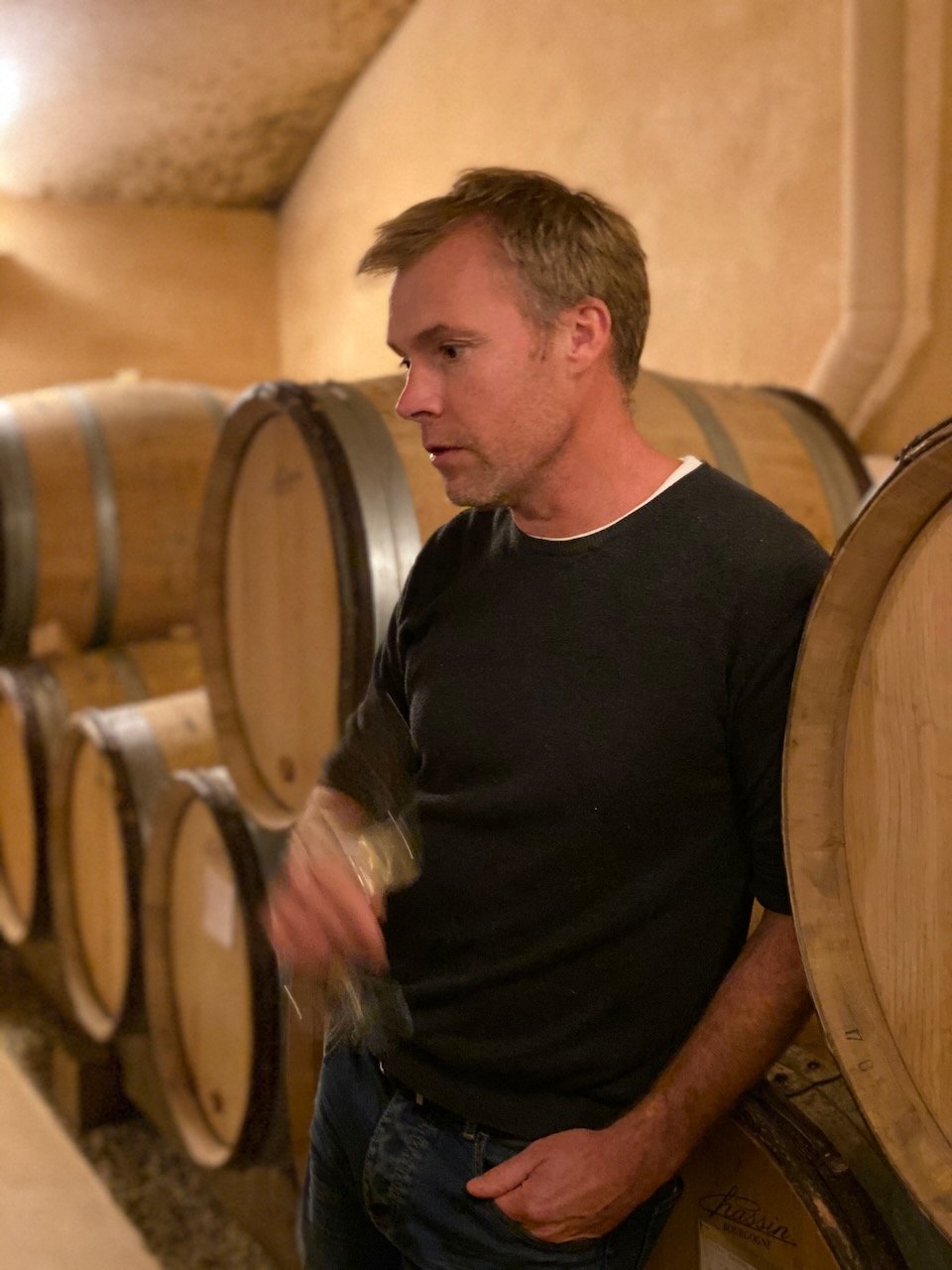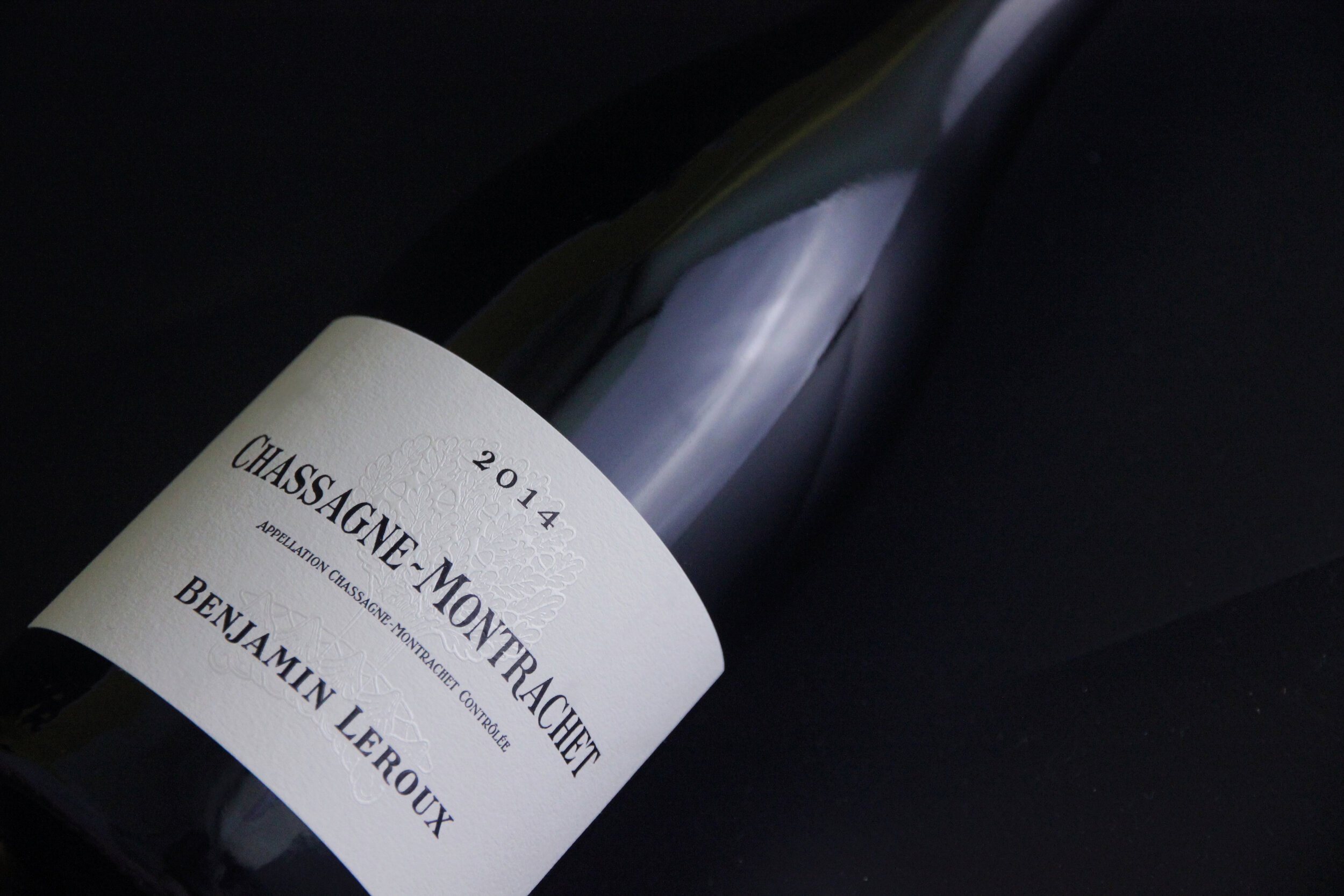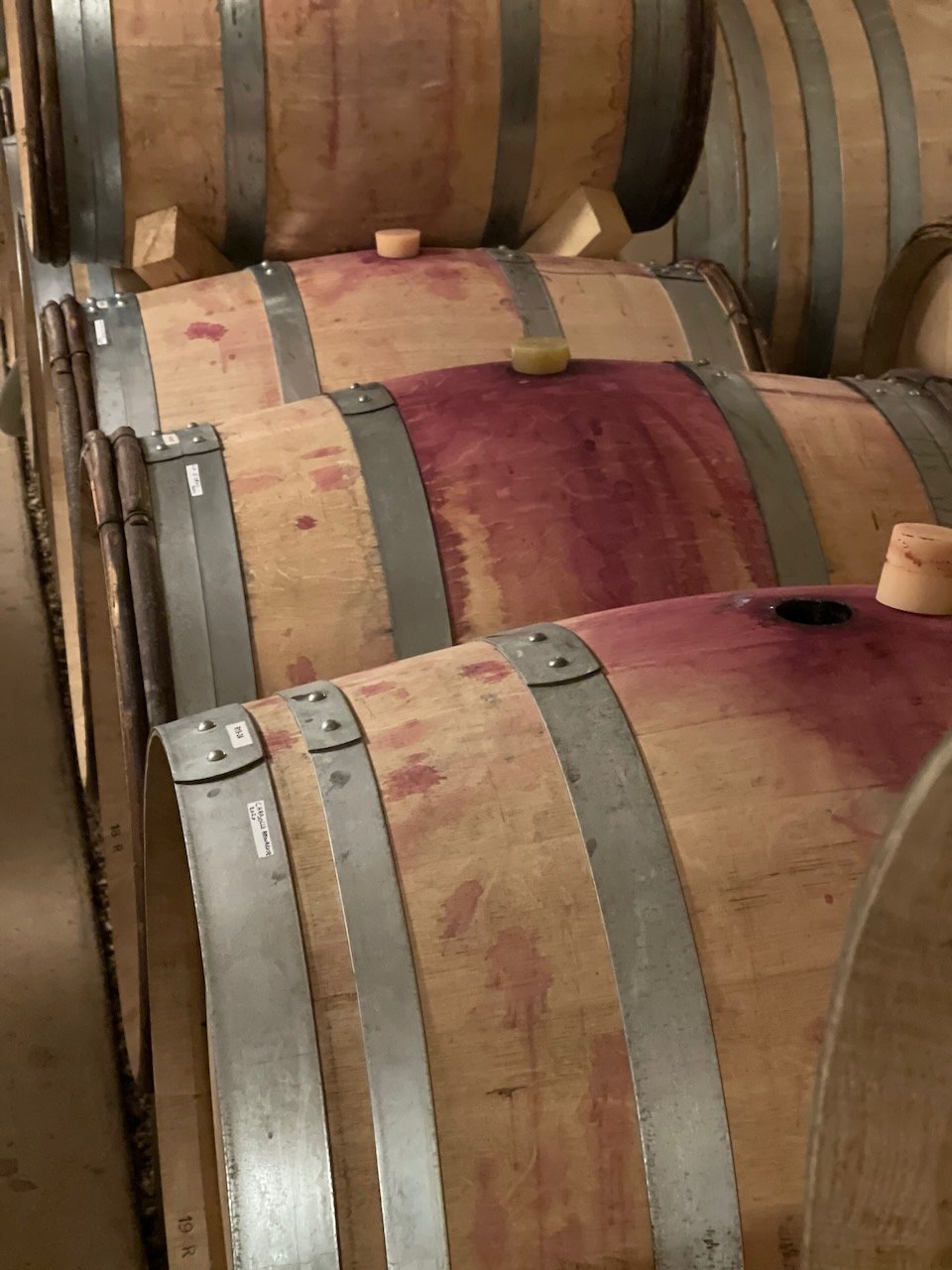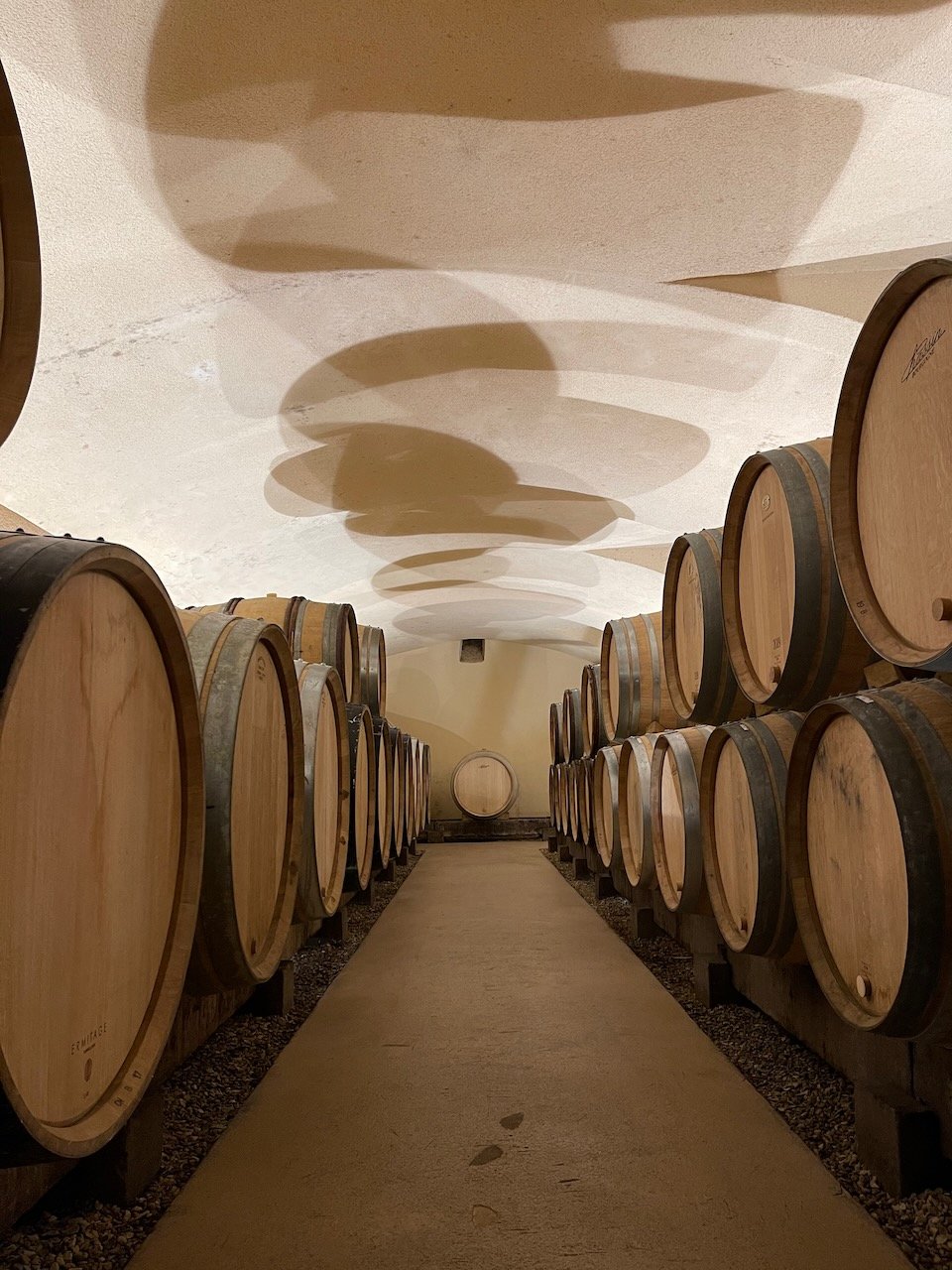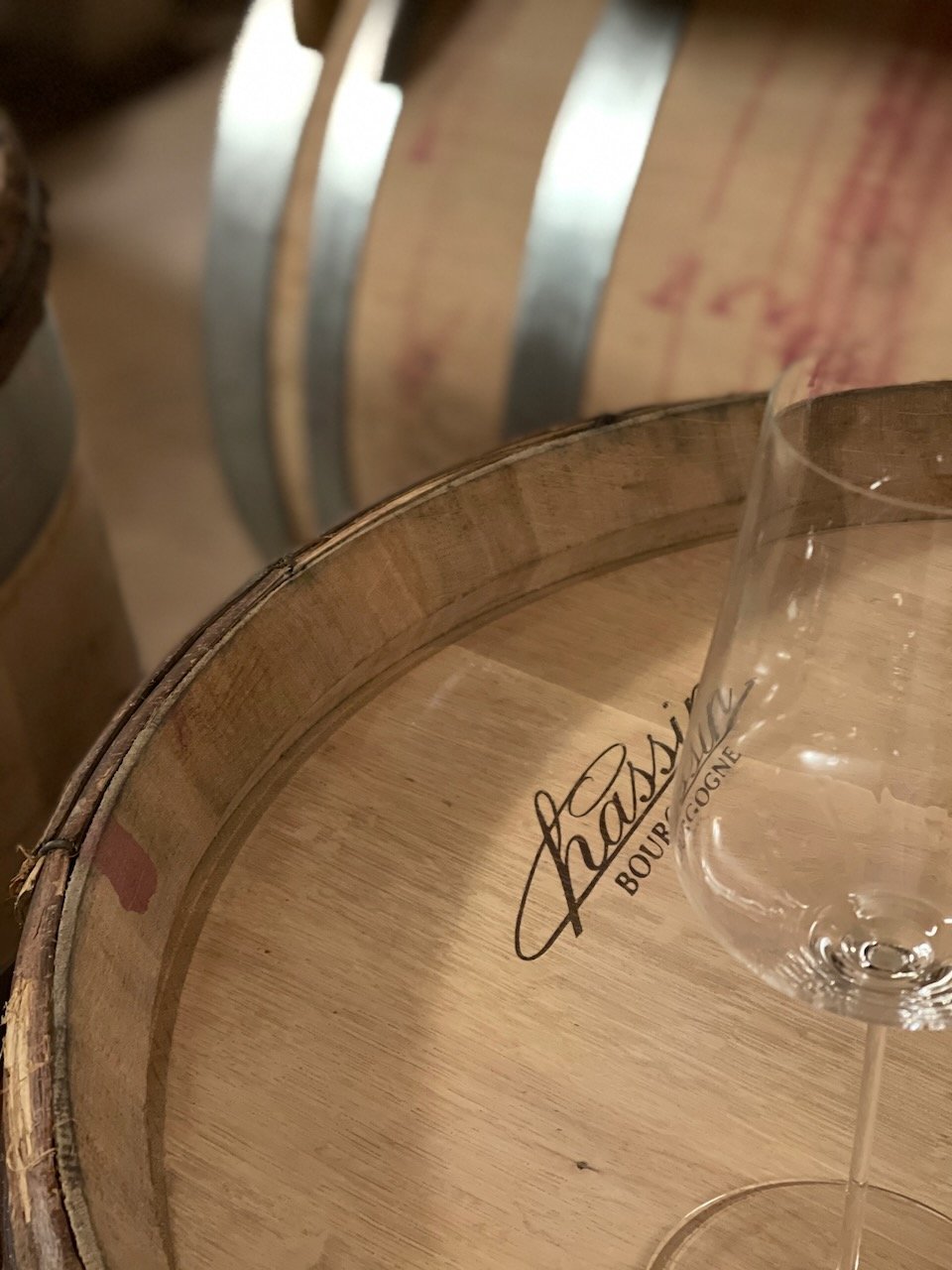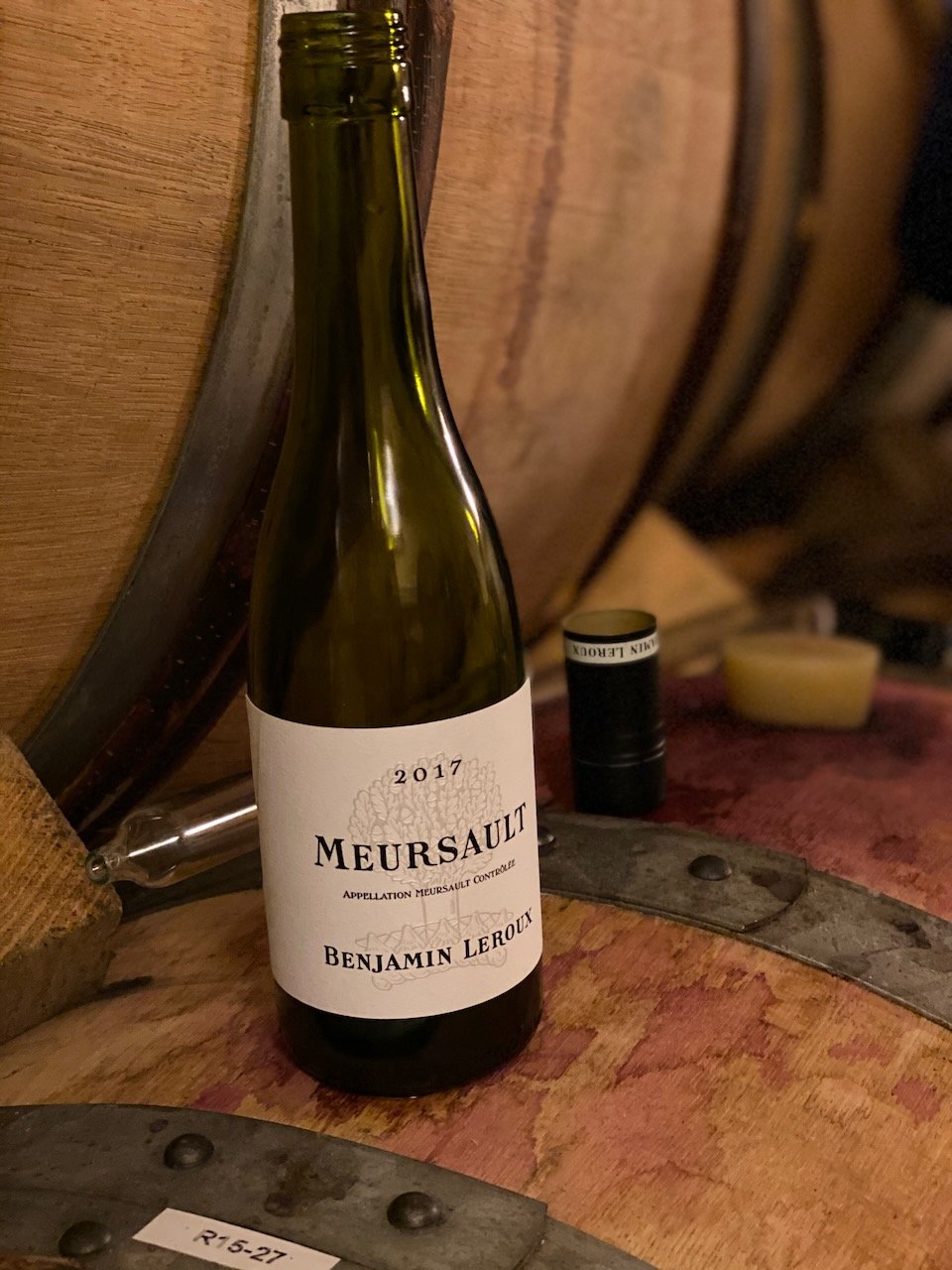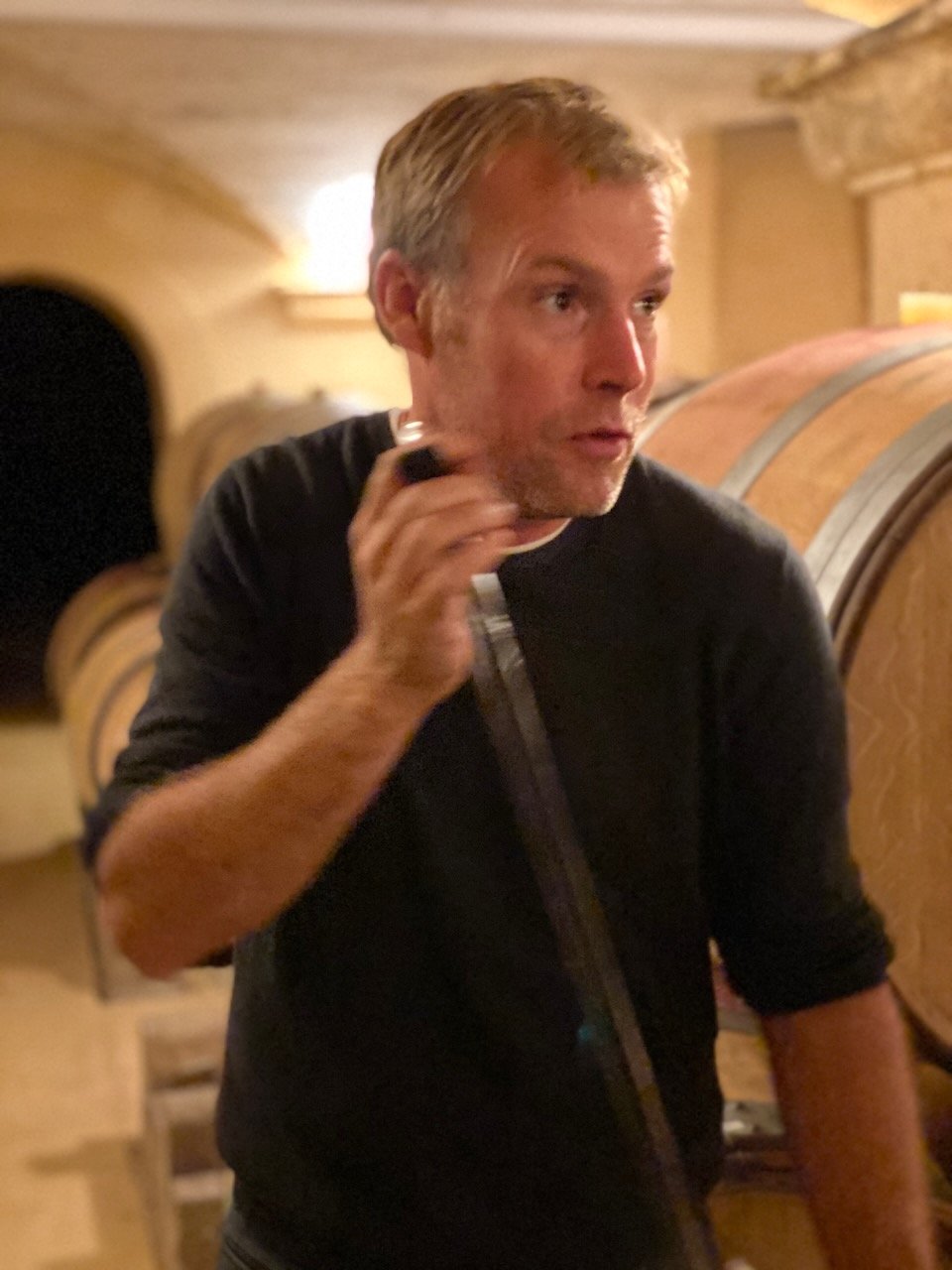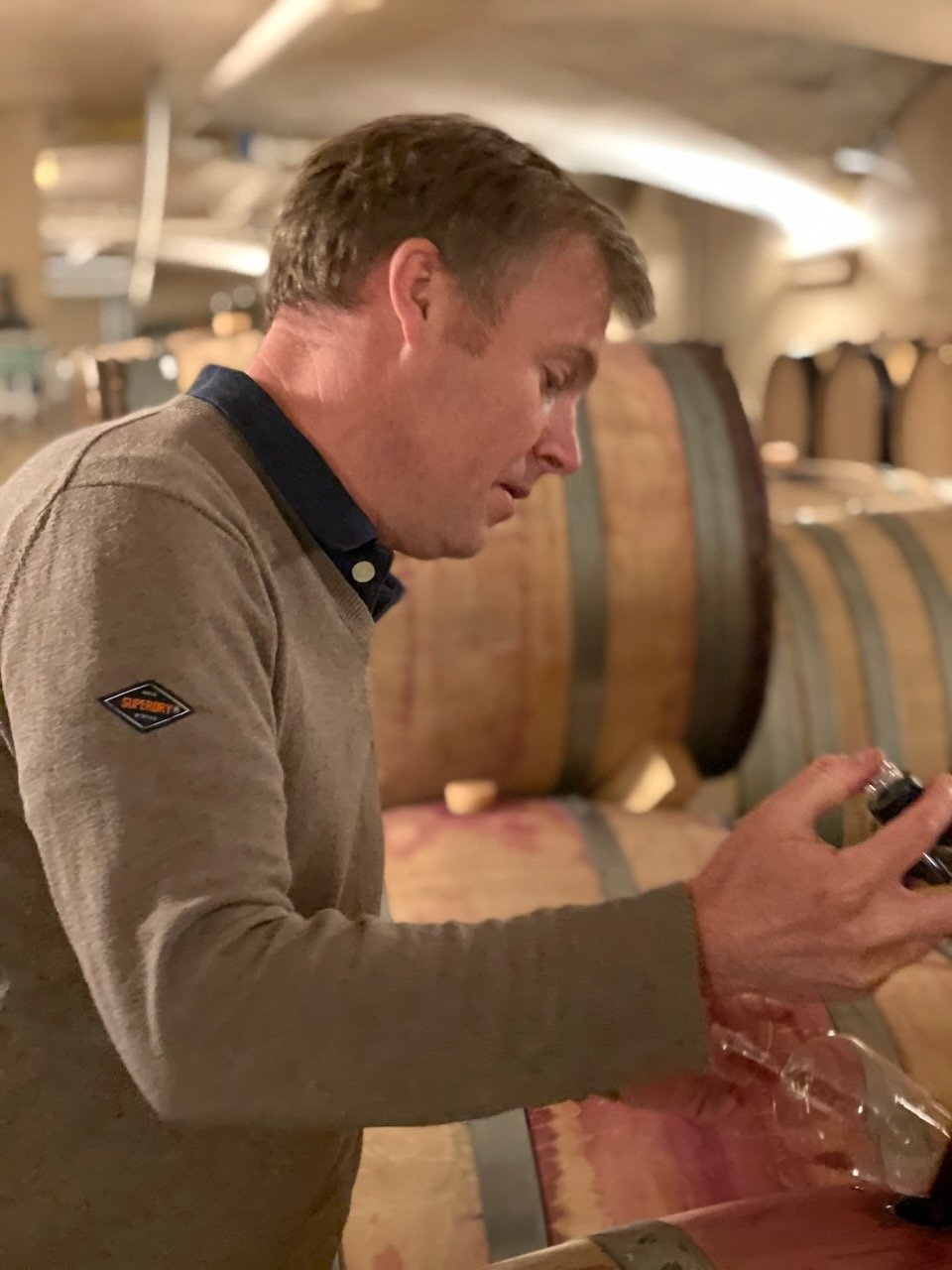DOMAINE BENJAMIN LEROUX
Beaune
Benjamin Leroux’s winery started in the early 2007s with just a few appellations carefully sourced as grapes.
Nowadays, the wines Benjamin Leroux produces range from Chassagne-Montrachet in the south to Gevrey-Chambertin in the north.
Having been a really meticulous person, Benjamin continuously research for new vineyards to purchase on his own to continue building his Domaine and give something to his children. After 20 years being in Burgundy, he has one of the most extensive network in the region and is able to source fine grapes from iconic sites such as Les Amoureuses or Bonnes Mares Grand Cru however that is not all. When choosing which wine he will make, Benjamin prioritizes how interesting the terroir is rather than how famous the appellation might be. That is the reason why some unknown superb terroirs in burgundy have been re-discovered by Benjamin and have now become iconic of his own production. The Volnay 1er Cru Clos de la Cave des Ducs Monopole is one of the key example…
Benjamin Leroux wines are youthful and expressive, with transparent expressions of each underlying terroir.
In the Vineyard
Benjamin Leroux has established long-term relationships with many growers across the Côte d’Or. He carefully selects his growers and exerts maximum control over them, converting as many of them as possible to organic and biodynamic practices.
It’s not uncommon for Benjamin to pay the growers by the area of the land rather than by the quantity of fruit harvested to ensure that the yields are kept low.
Benjamin Leroux harvest with his own team, choosing the harvest dates for both his own vineyards and the growers’ vineyards.
In the Cellar
Even if Benjamin is known to be a technical winemaker, he keeps a very instinctive approach to winemaking and an open mind towards every technic.
His winemaking is very transparent as he aims to let the fruit express itself rather than guide things in any particular direction.
Clos de Vougeot Grand Cru
Petit Mapertuits
This Clos de Vougeot Grand Cru comes from a small 0.15-hectare plot in the Petit Mapertuis section of the vineyard. The youngest vines of that plot were planted in 1970s.
Clos-Saint-Denis Grand Cru
This Clos-Saint-Denis Grand Cru comes from 0.15 hectares of vines planted in 1962. The plot is located at the center of the enclosed lieu-dit.
Corton Grand Cru
This Corton Grand Cru comes from 3 south-facing parcels covering 0.2 hectares of vines in the Lieux-dits of En Charlemagne, Les Bressandes and Le Corton. The vines here were planted from 1945 to 2000.
Gevrey-Chambertin 1er Cru
Champeaux
Champeaux is located at the Northern end of Gevrey. Mid-slope the vines here are planted on shallow red/brown soil seating on purple-veined bedrock.
Volnay 1er Cru
La Cave des Ducs
Benjamin Leroux farms 0.6 hectares of vines in the Volnay 1er Cru vineyard of La Cave des Ducs. Mid-slop above village Volnay, the plot faces southeast and has clay-limestone soil with rocks from the limestone bedrock. The vines here were planted from 1940 to 1990.
Savigny-Les-Beaune 1er Cru
Les Hauts Jarrons
Les Hauts Jarrons is located in the southern part of the appellation. This cuvée is made from 0.75 hectares of vines planted in the early 1980s.
Gevrey-Chambertin Village
This Gevrey-Chambertin Village comes from a total of 2 hectares of vines spread across the lieux-dits of Les Seuvrées (below Charmes-Chambertin in the south of the appellation), La Justice (in the north of the appellation), Billard and Le Fourneau. Vines there were planted from 1935 to 1995.
Nuits-Saint-Georges Village
Aux Allots
Benjamin Farms 0.5 hectares of vines in the lieu-dit of Les Allots. Vines were planted in 1965 on rich clay soil.
Vosne-Romanée Village
This Vosne-Romanée is a blend of 2 lieux-dits, Les Violettes and Maizières, totaling 1 hectare of vines. Vines here were planted in the early 1980s.
Bourgogne Rouge
This Bourgogne Rouge comes from 3 hectares of Pinot Noir. It is a blend of parcels from the Hautes-Côtes de Nuits, Santenay, Beaune, Ladoix, savigny-les-Beaune and Fixin.
Batard-Montrachet Grand Cru
This Batard-Montrachet Grand Cru comes from a tiny 0.16-hectare plot with vines planted in 1960. The plot is on the Chassagne side of the appellation, just across the road from the DRC's vines.
Corton-Charlemagne Grand Cru
This Corton-Charlemagne Grand Cru comes from the En Charlemagne part of the vineyard from 0.20 hectares of vines planted around 1980. South/southeast-facing the plot has high limestone content in the soils.
Chassagne-Montrachet 1er Cru
Abbaye de Morgeot
The Chassagne-Montrachet 1er Cru Abbaye de Morgeot is located at the center of the appellation just below the abbey. This wine comes from 0.50 hectares of vines planted in 1969 on rich clay soil.
Chassagne-Montrachet 1er Cru
Les Baudines
Les Baudines is south of the appellation of Chassagne-Montrachet near Santenay. Benjamin Leroux looks after 0.50 hectares of vines planted in 1980 on the upper mid-slop on reddish clay-limestone soil.
Chassagne-Montrachet 1er Cru
Tête du Clos
This Chassagne-Montrachet 1er Cru comes from a small 0.40-hectare plot with vines planted in 1955. Located just under La Romanée, this parcel often produces smaller clusters than its neighbors.
Chassagne-Montrachet Village
This Chassagne-Montrachet Village comes from a single 0.2-hectare plot in a terroir called Les Voillenots Dessus (just under the 1er cru La Maltroie) with vines that are around 30 years old.
Meursault 1er Cru
Le Porusot
This cuvée comes from 0.30 hectares of vines planted in 1930 on the upper part of the steep slope, facing east on very shallow topsoil. The vines here have a lot of millerandage.
Saint-Romain Village
Sous le Chateau
The vineyard of Sous le Chateau is a cooler site that lays at 380 meters above sea level. The vineyard is right below where the Chateau of Saint-Romain use to stand. Benjamin Leroux looks after 1.12 hectares of vines here planted from 1930 to 2000 on rocky limestone soils.
Bourgogne Blanc
This Bourgogne Blanc comes from 1.10 hectares of vines planted from 1935 to 1995 and includes vines from Meursault and Puligny vineyards.






